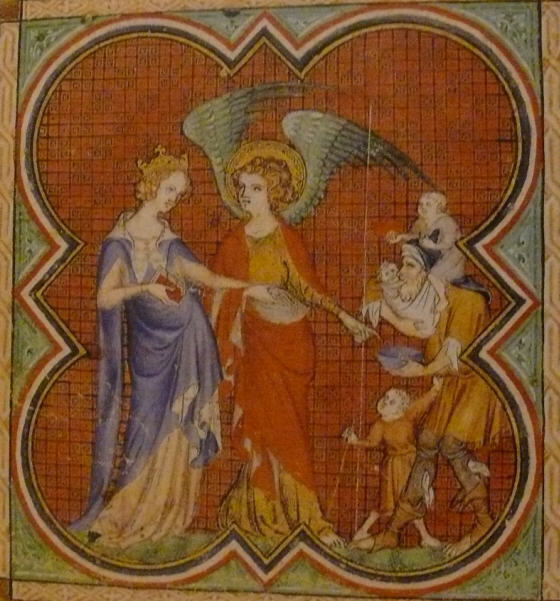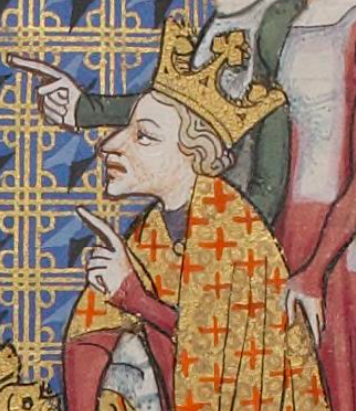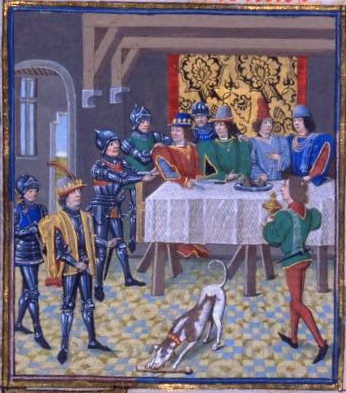Charles, nicknamed “The Bad One” for his cruel repression of a minor rebellion in Navarre, was born on October 10th, 1332, in Évreux, France to Joan of France, queen of Navarre, and Philip, Count of Évreux.
To obtain a clearer picture of who Charles II of Navarre was, it’s necessary to go back in history, about two decades before he was born. His mother, who was the only surviving child of King Louis X, King of France and Navarre, was denied the crown by her uncle King Philip V who claimed that French legal tradition excluded women from the royal succession. Supported by the French lords, who also opposed the idea of a female monarch, Philip V was elected King of France and King of Navarre.

However, when King Philip V died in 1322 he was succeeded by his brother, Charles IV, but the lords from Navarre refused to swear loyalty to him, and when he died in 1328, they declared Joan the rightful monarch of Navarre. Charles was only 17-years-old when his mother died, and he was declared king of Navarre, thus dedicated himself to the vengeance against the French crown for the unjust treatment of his mother in the past.
His notorious career began when he married Joan of Valois, the daughter of King John II of France, who may have viewed this union as a hedge against trouble, but apparently, he was wrong. Only two years later, his favorite, the constable Charles of Spain, who was to be a beneficiary of the fiefdoms of Champagne, Brie, and Angoulême, was brutally murdered and Charles of Navarre didn’t keep secret about his role in the assassination but calmly accepted the responsibility.
When Charles realized that King John was preparing to seize him, he traveled to Avignon to complain to the Pope. There, he met Henry, the Duke of Lancaster and promised him support for a joint campaign against the French. Once again, Charles changed sides in 1355, making peace with King John and repeating his oath of loyalty.

However, on April 15th, 1356, John II finally took his revenge. Together with a group of supporters, he arrested Charles of Navarre. Later, John II was defeated and captured by the English at the Battle of Poitiers in September 1356, and next year Charles was sprung from his prison in the castle of Arleux, gaining immediate popularity in Amiens and Paris and beginning a series of treacherous dealings with every party in France.

In 1358, during a social upheaval in Paris, he slaughtered many peasants near Montdidier, and in June 1358 he suppressed the uprising. In the following period, he continued simultaneously playing games behind the scenes with both the kings of France and England and in 1361 he returned to Navarre.
He was subsequently involved in at least two attempts to have Charles V (John II’s son) poisoned and was also participating in many plots against the French King. He never achieved his goals, and besides everything he did, Charles always managed to avoid the consequences of most of his heinous acts and intrigues. However, he could not escape the divine justice.
Charles died on the 1st January 1387, and his particularly horrific death became famous throughout Europe mostly because it was considered by many as a divine justice. When Charles became ill, his physician ordered to be wrapped head-to-toe in brandy-soaked cloths.
When the nurse finished the wrapping, she wanted to cut off the excess fabric, but she didn’t want to use scissors since she was afraid that she might hurt the king and used a candle to burn off the end, which immediately set fire to the whole cloth. The king burned to death in his palace.
